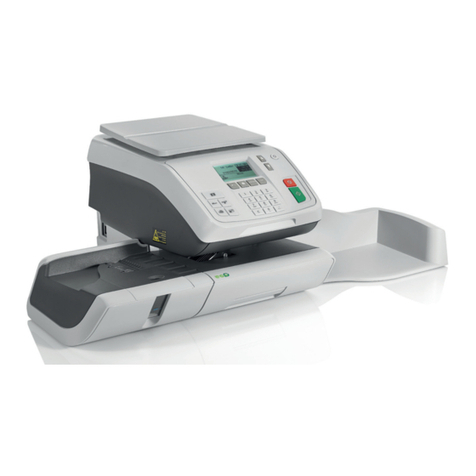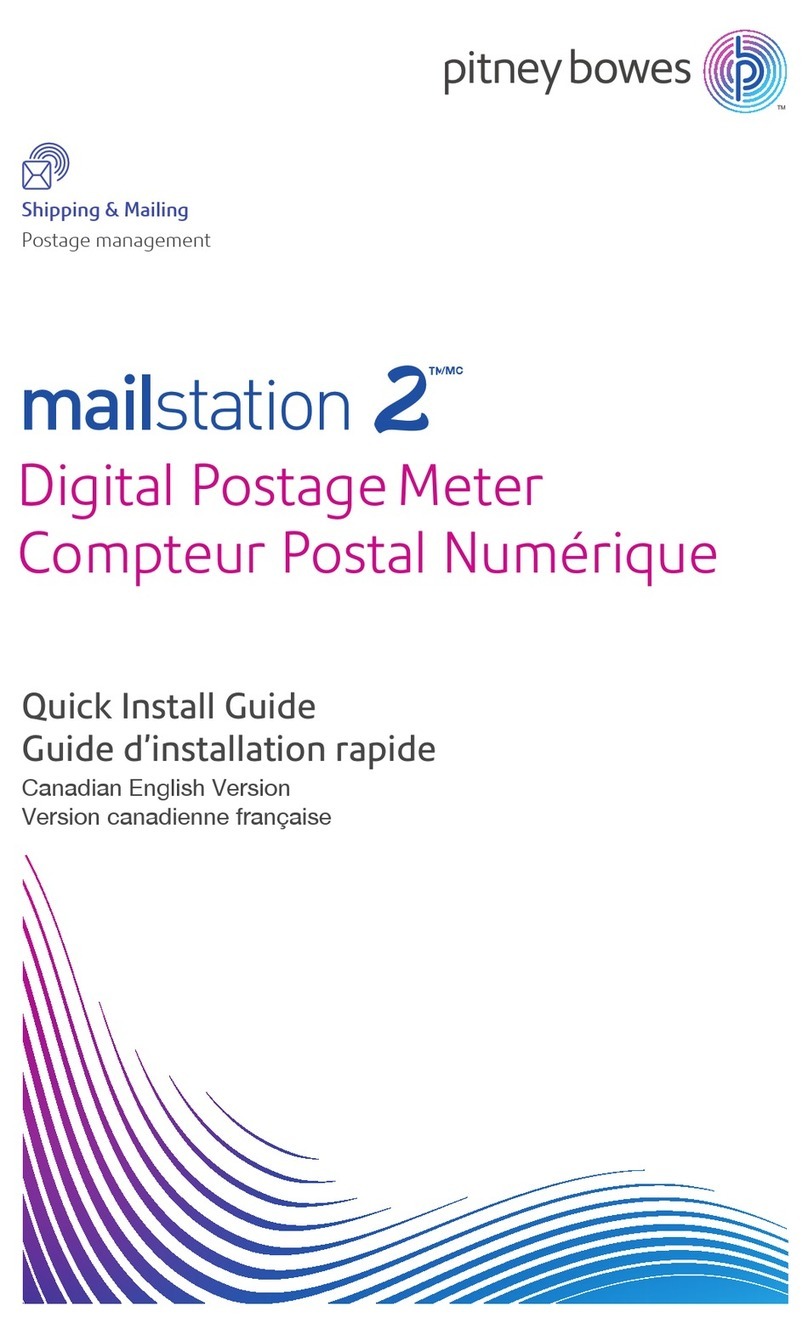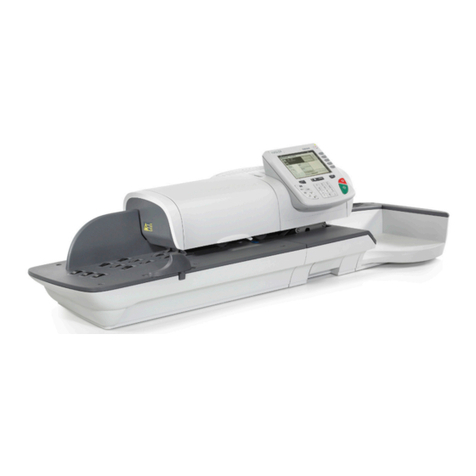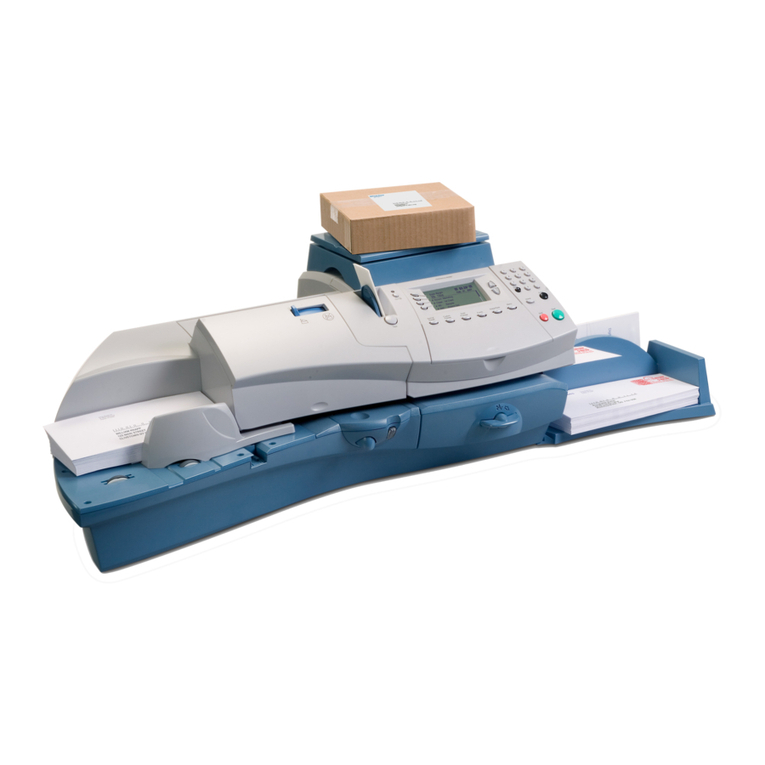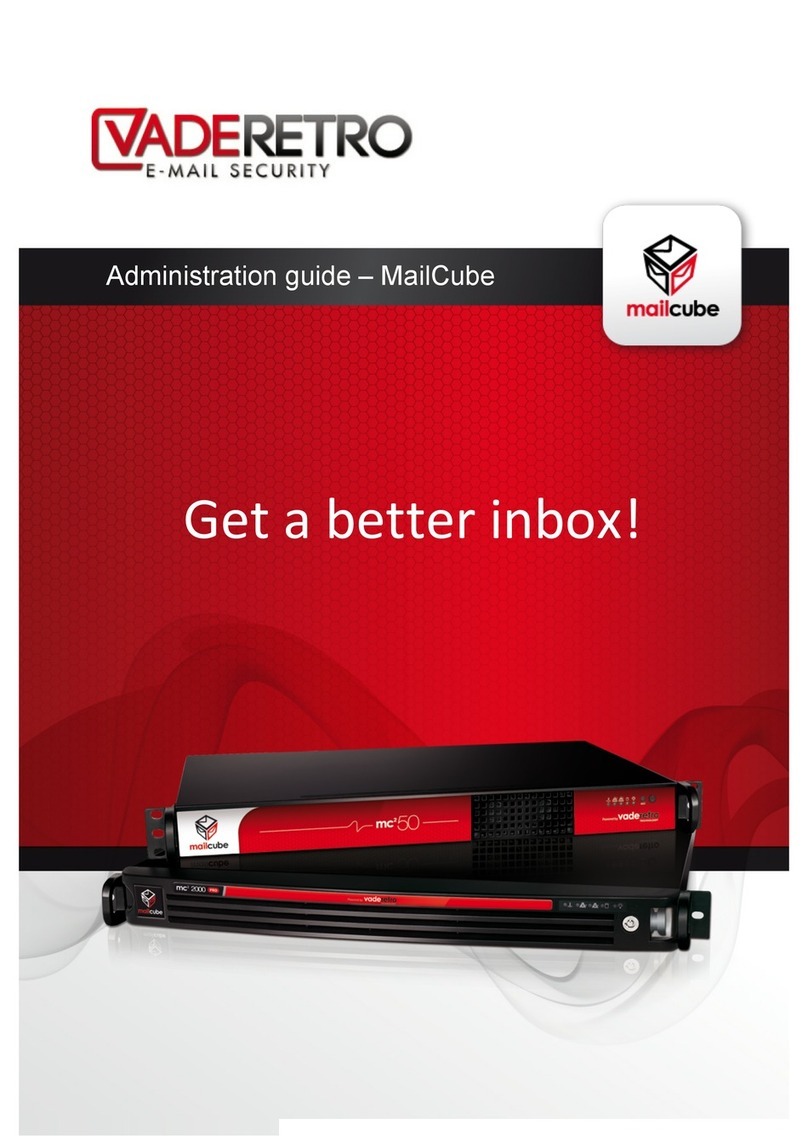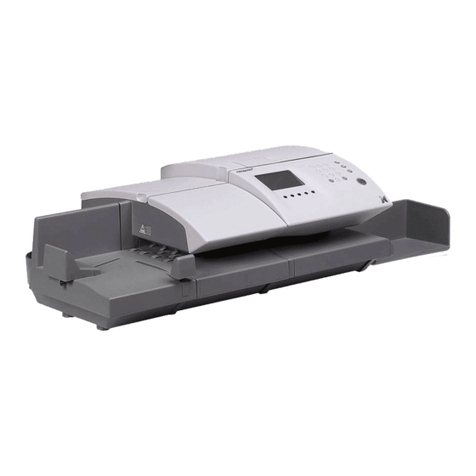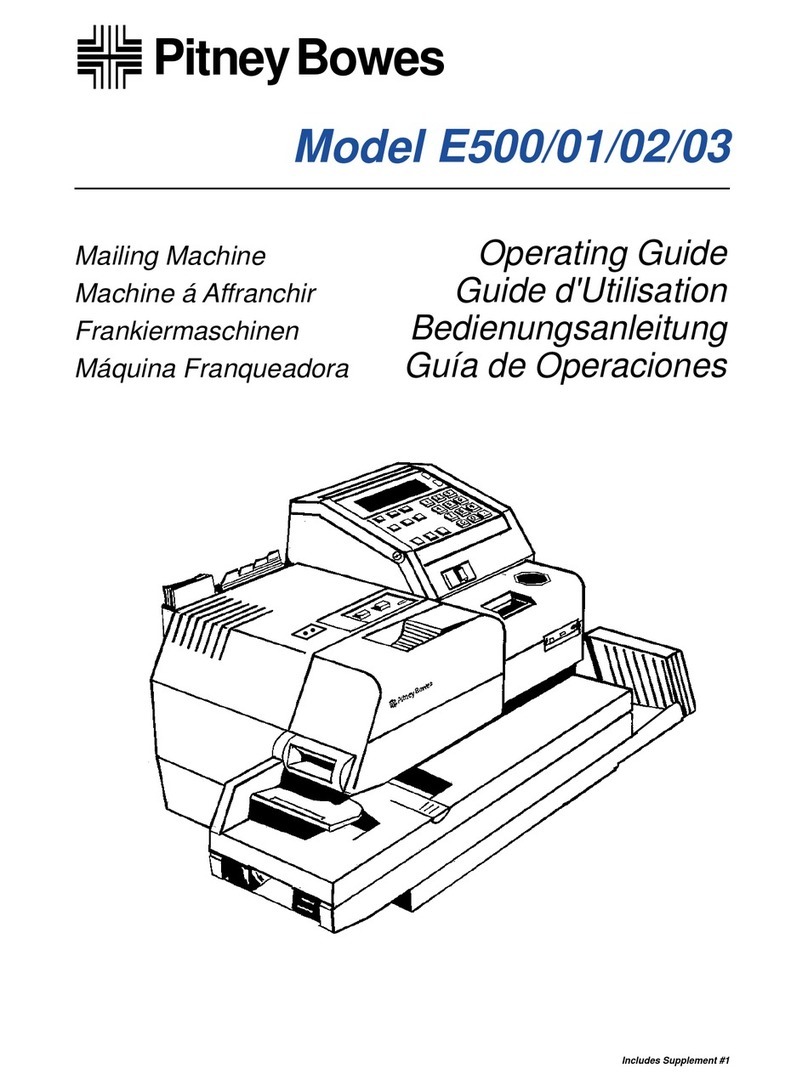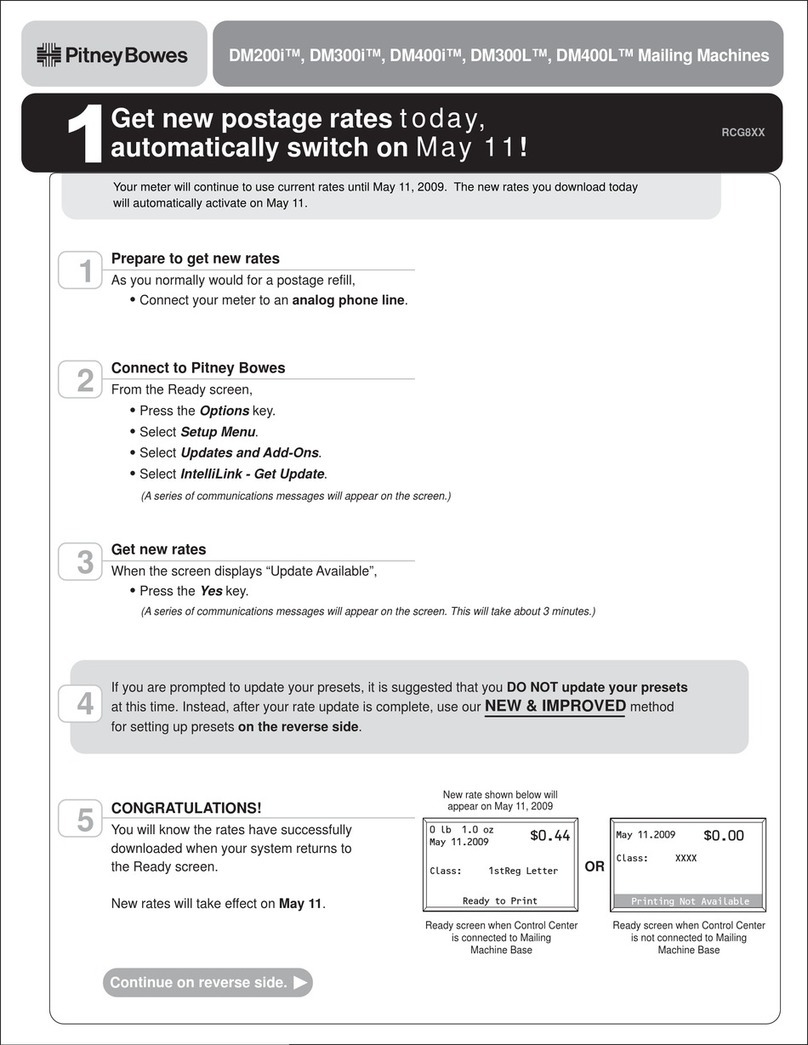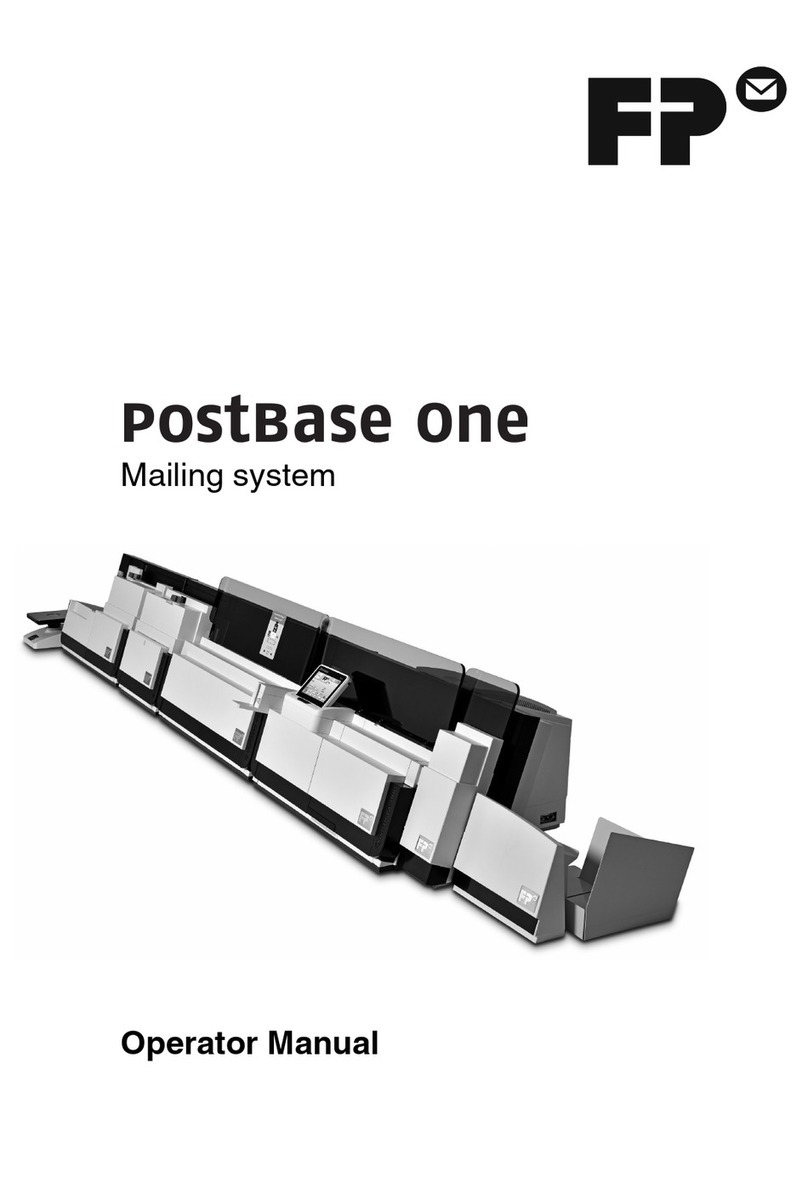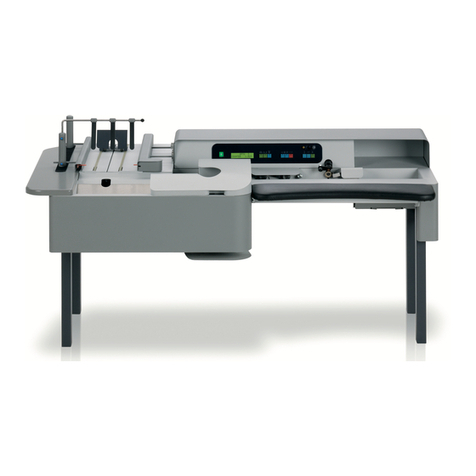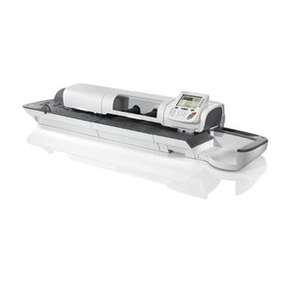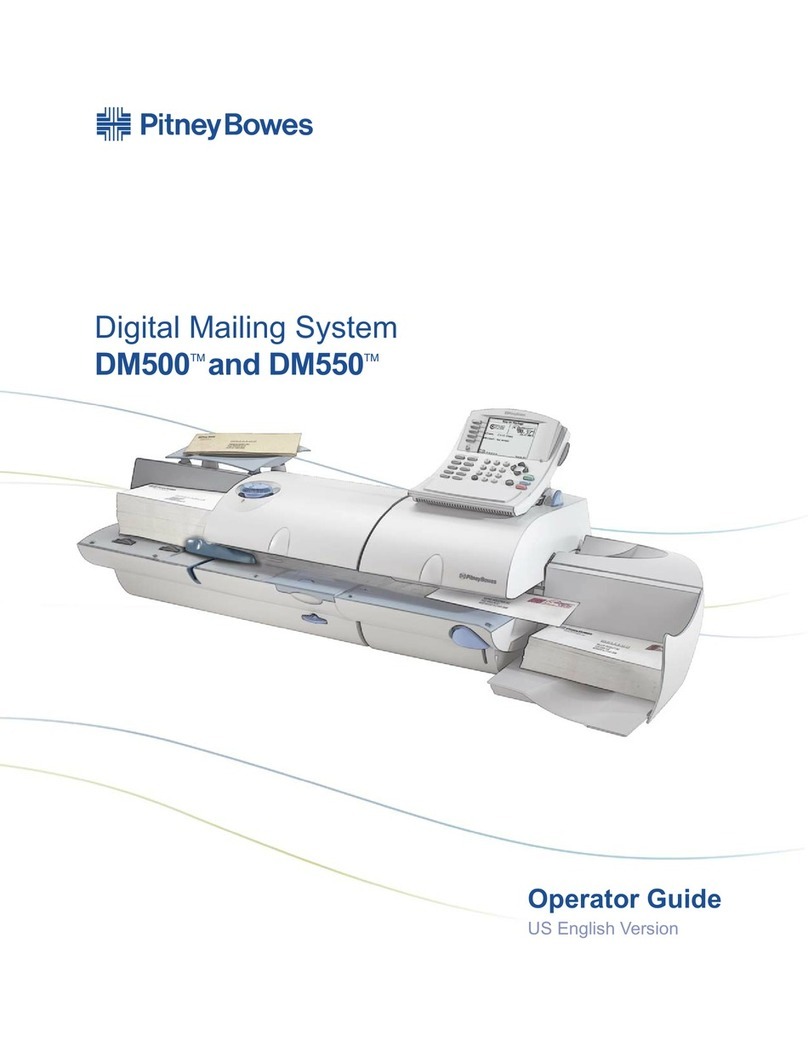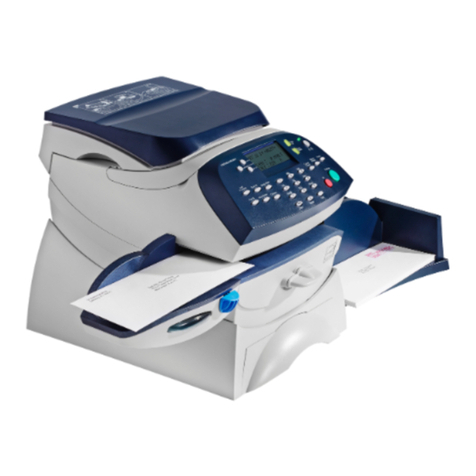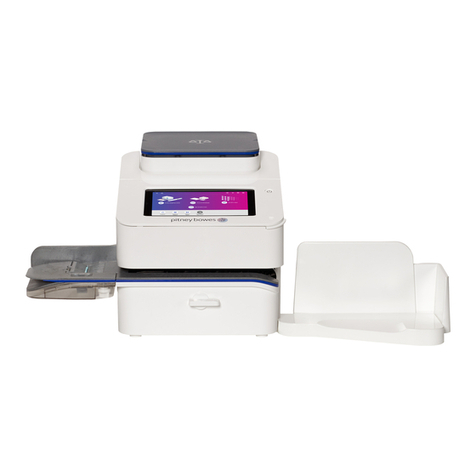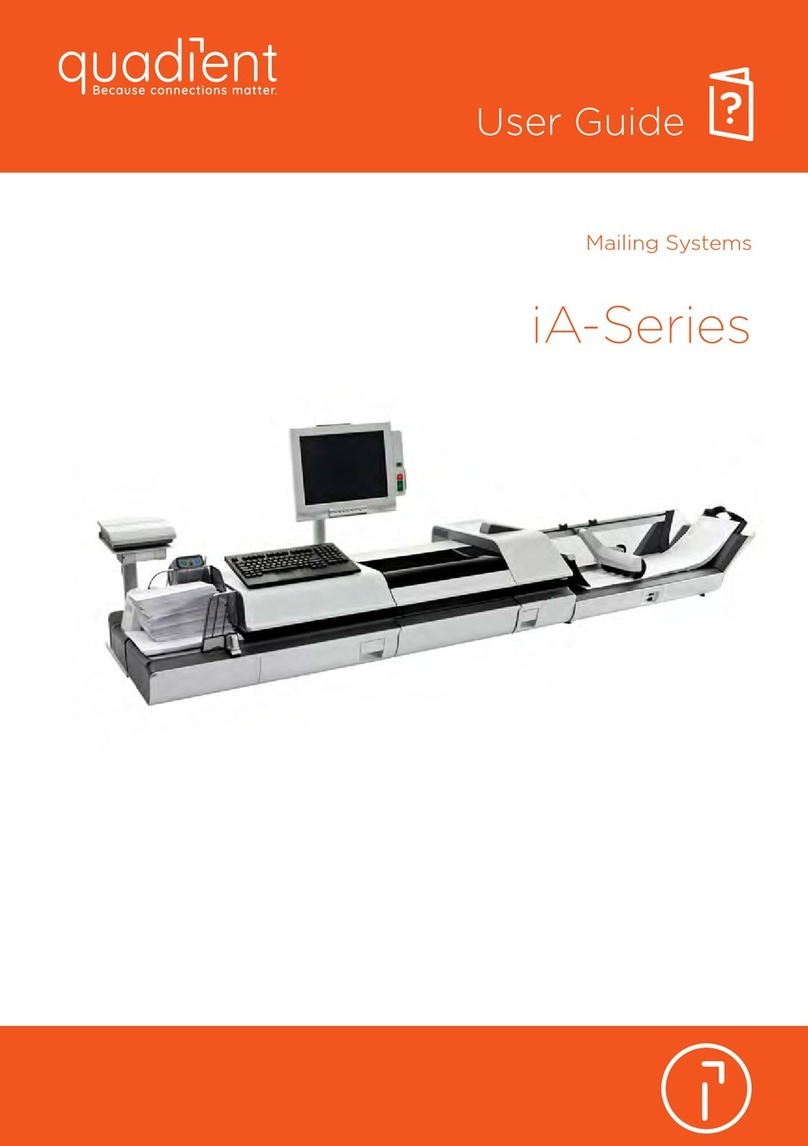
BK7IB-2 Inline Base
Buskro Ltd. BK7IB Inline Base
Table Of
Contents
1.0 General Information.............................................................................1-0
1.1 Description ............................................................................................................ 1-1
1.2 Features ................................................................................................................. 1-2
1.2.1 Vacuum Table Belts......................................................................................... 1-2
1.2.2 Complete Instrument Panel.............................................................................. 1-2
1.2.3 BK1600 Series Conveyor Compatibility......................................................... 1-3
1.2.4 Tabber Compatibility....................................................................................... 1-3
1.2.5 Auxiliary Feeder Compatibility....................................................................... 1-3
1.2.6 Maintenance Considerations............................................................................ 1-4
1.2.7 Print Quality Considerations............................................................................ 1-4
1.3 Specifications......................................................................................................... 1-5
1.4 System Drawings................................................................................................... 1-6
2.0 Operator Instructions...........................................................................2-0
2.1 Instrument Panel Functions ................................................................................ 2-1
2.1.1 Rocker Switches .............................................................................................. 2-1
2.1.2 Production Dial................................................................................................ 2-2
2.1.3 Machine and Conveyor Function Pushbuttons................................................ 2-2
2.1.3 Resettable Piece Counter................................................................................. 2-4
2.2 Material Side Guide Adjustments....................................................................... 2-4
2.3 Upstream Compatibility ...................................................................................... 2-6
2.3.1 BK720 Friction Feeder .................................................................................... 2-6
2.4 Downstream Compatibility.................................................................................. 2-7
2.5 Maintenance Schedule.......................................................................................... 2-8
3.0 BK7IB Integration.................................................................................3-0
3.1 Introduction .......................................................................................................... 3-1
3.2 Physical Location.................................................................................................. 3-1
3.3 Cable Connections................................................................................................ 3-2
4.0 Electrical System...................................................................................4-0
4.1 Introduction .......................................................................................................... 4-1
4.2 The Base Control Board....................................................................................... 4-1
4.2.1 Troubleshooting the Base Control Board and Peripheral Circuitry................. 4-6
4.3 Start/Stop Control ................................................................................................ 4-9
4.4 Transport Speed ................................................................................................... 4-9
4.5 Conveyor Speed .................................................................................................. 4-10
4.6 “Universal Speed Control” (Optional) ............................................................. 4-10
4.7 Electrical Troubleshooting and Installation Problems................................... 4-11
